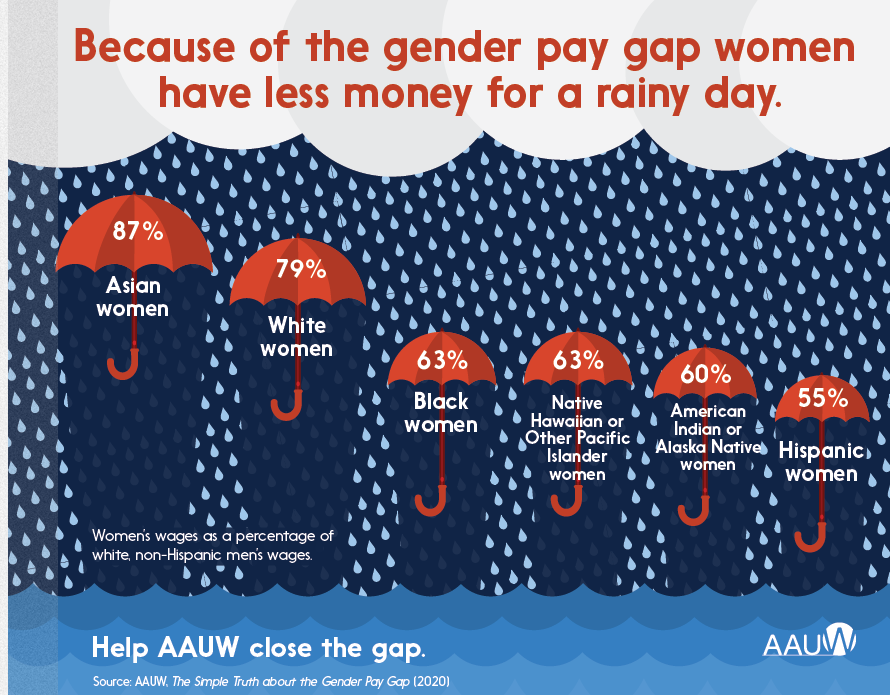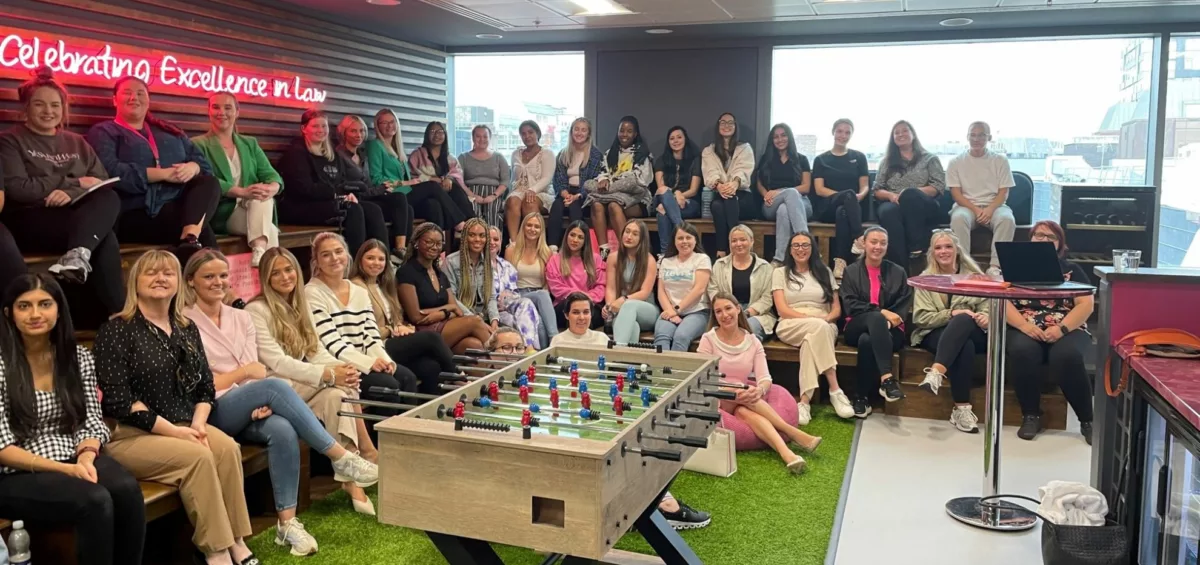International Equal Pay Day takes place annually on the 18th of September. The day of recognition began in 2019 and aims to raise awareness on the issue of the Gender Pay Gap, and was started by the Equal Pay International Coalition. The goal of the coalition is to end the pay gap which discriminates against women as a whole, and with particular support for those within minority groups like women of colour, disabled women and more.
What is the Gender Pay Gap?
The ‘Gender Pay Gap’ is a measurement of the difference between the average earnings of men and women, usually shown as a percentage difference between the two. In essence, the gender pay gap means that, on average, men earn more than women. The pay gap is a historic and global issue which has affected women significantly over generations and unfortunately still exists around the world today. It also affects women of colour, those with disabilities and those in low socio-economic areas to a greater extent.

Gender pay gap graph from House of Commons Library
According to the Office for National Statistics (ONS), between 2020 and 2021 there was a reported 7.9% gap in pay between men and women in full-time employment. Among all employees, this figure currently sits at 15.4%.
It is important to highlight that when examining statistics relating to the pay gap, there are various factors at play including the reality that on average, more women are part-time employed than men. The gender pay gap has been shrinking since around 1997.
“The average woman effectively works for free for nearly two months of the year compared to the average man” – TUC report (2022)
In addition to this, other elements are at play when looking at the gender pay gap, including education, industry type, age, and location. According to the TUC (Trade Union Congress), women aged, between 40 and 49 have a pay gap of 21.3% and for those aged between 50 and 59 is 21.8% which is exceptionally high.
Sadly, this isn’t an issue that is confined to the UK – it affects women around the world. Across the EU, women are paid 14.1% less than men on average, equating to almost 2 months of salary.
Internationally, according to the Global Gender Gap Report 2021 – which indexed over 156 countries – women earn just 63% of what men earn. While the gender pay gap is shortening, it will take more than 267 years to equalise at its current rate.

Why is there a Gender Pay Gap?
Equal Pay Day was set up to represent how far into a year a woman must work to earn the same amount as men made the previous year. On 7th March 2022, women would have worked an extra 3 months for the same salary.
The gender pay gap is a complex phenomenon, deeply rooted in social structures and history. Social issues like systemic racism, sexism and discrimination play a huge role in the development of the large gap in pay between men and women. Furthermore, in places like the USA, the gender pay gap is inherently linked to the history of slave labour. Black women were historically deprived of wages under slavery and the aftermath, which led to large disparities throughout America still felt today in areas like healthcare, education and pay.
What can we do to reduce the Gender Pay Gap?
While the gender pay gap appears a daunting task to reduce and eliminate, it is important to our global society that we all make active efforts to try and close this gap for the benefit of our future. We need to acknowledge and educate ourselves on the issue of the gender pay gap and recognize that the Covid19 pandemic had a significant impact due to the furlough scheme, etc. Our employers can also help to reduce the gap within our own workforces by diversifying interviews, having more transparency in pay, investing in female leadership potential and empowering their female staff to reach their potential and make the next step into management and board positions. So, whilst the initial figures regarding the gender pay gap may seem bleak, we nevertheless all have a duty to future generations to take positive actions today to bridge the gender pay gap and ensure parity in pay for all.













